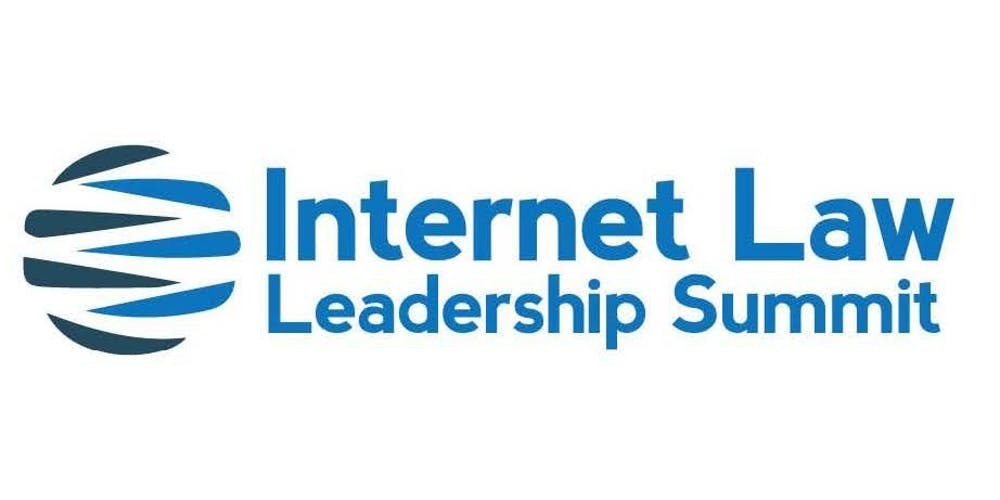Being subjected to online tech abuse by a harassing date or a spouse
Online harassment is frequent and common and many perpetrators are often anonymous, but the reality is, in thousands of cases, the perpetrator of online harassment is often someone that the victim knows. Often, someone the victim dated or even their spouse. Social media companies should take more action to protect victims from online tech abuse.
What common forms does tech abuse take
Threat to publish intimate visual material
What is domestic and tech abuse by mobile phone tracking
What is tech abuse by publication of private videos and images
What other forms exist of domestic and tech abuse
How helpful are the police when it comes to domestic and tech abuse
What is tech abuse
Domestic digital abuse (also known as tech abuse) is where people are harassed, stalked and abused through technology by someone that they live with, in many circumstances.
Research suggests that three out of four women who had been victims of domestic abuse, and who tried to escape their harassing partners last year, were then subjected to online tech abuse by their harasser.
A report by the charity Refuge had found that in some cases, the harassing partner was using technology and social media to control their victim and causing them to feel fearful, harassed and highly distressed after the harassed victim tried to escape domestic abuse. In the context of domestic violence, online harassment using technology is part of their larger system of abuse; power and control.
What common forms does domestic digital abuse take
Often the harassing spouse would monitor their activities, check emails and social media accounts belonging to their harassed partner, in order to find out where they are at any given time and to create fake profiles on Facebook accounts to troll and harass them.
In many cases, tech abuse harassment victims had their email accounts hacked and then had the harassing spouse sending fake emails to their contacts and work colleagues. We regularly come across tech abuse cases where the harassed victim can give evidence that mobile telephones and tracking apps had been used to follow them, identify their safe location and use this information to intimidate them. Many domestic digital abuse perpetrators after hacking into the harassed partner or spouse's account, then lock them out or forbid them to use them using physical force and threats.
The Refuge report had also found evidence of similar cases. There are lots of evidence of spouse’s calendars being unlawfully accessed and of victims being followed to appointments and meetings with solicitors and with other professional people. Due to the large number of tech abuse cases of suspected hacking, for a number years now, this internet law firm communicates with clients only via encrypted messages and never through normal email.
Threat to publish intimate visual material
Abuse of women on the internet has become almost an epidemic in recent years. Each month, this law firm deals with an increasing number of cases where women who had been subjected to porn harassment, who had been secretly filmed in the most intimate times of their lives, had been threatened by their former partner that their videos will be posted online or have their movements tracked by someone they know.
These are all considered to be tech abuse and domestic harassment. It is unlawful for anyone to make threats to publish intimate visual material, whether the material is videos, text messages, WhatsApp messages or any other visual intimate material. A threat to publish intimate visual material might involve blackmail, which in addition of being a criminal offence, that carries a maximum prison sentence of 14 years, is also a civil wrongdoing, for which you can obtain an injunction under the law of breach of privacy and the civil law of harassment.
What is domestic and tech abuse by mobile phone tracking
According to the Refuge report, around 4000 women who sought help for domestic abuse in 2019, were then abused by their former partner online or by using technology. Many had been tracked through mobile devices, or abused on social media, including posting of revenge porn. This affirms what we already knew, that abusers use technology for the purposes of controlling, humiliating and monitoring their harassed victims, causing the victim additional harassment and distress.
What is tech abuse by publication of private videos and images
The use of secret cameras to film the victim in the bedroom or the shower is often used to abuse and harass them. The victim is often unaware whether the videos have been published and the fear that this might happen at any time, is sufficient to make them compliant with pretty much every demand by the abusive partner. Publication of private videos on the Internet is often a form of abuse that is intending to completely diminish any self-confidence that the victim might have and to turn the victim into a mentally controlled individual.
In some tech abuse cases, by the time the abused victim sought our advice, the videos had already been posted to porn websites. In some instances, the domestic digital abuser has committed impersonation online where their spouse has posted the intimate videos to their contacts or advertised 'themselves' offering sexual services online, subjecting their targets to further harassment. Revenge porn is only one form of tech abuse by harassing date or spouse.
What other forms exist of domestic and tech abuse
An ever-increasing number of abused women believe that their movements are being tracked or that their email or social media accounts are being hacked by their harassing spouse. Every movement they make, every meeting they arrange and every place where they seek shelter is almost immediately discovered by the former spouse. It means that many of the abused and harassed women have nowhere to go and no safe place to stay. They are being pushed to a corner, hunted and tracked down remotely by technology.
The Refuge report had brought to light the fact that too many abused women are being trolled on the internet, on Facebook, on Instagram and on other social media platforms. Social media companies don’t do enough to provide those women with the support they so desperately need. Considering that all that is needed is an effective alarm button which is attended by a moderator 24/7 and responded to fast, the lack of action by some of those multibillion-dollar companies is astonishing and frustrating.
How helpful are the police when it comes to domestic and tech abuse
Police are telling victims of domestic digital abuse that they cannot prove it (despite obvious digital evidence) or that they should try and get rid of their technology, change their email and social media accounts, which of course, is not very helpful. These are not solutions to domestic and tech abuse. Taking away the tool does not stop the crime. Not having access to technologies also removes access for the domestic tech abuse victim. Until domestic tech abuse perpetrators are continuously held accountable for the abuse, the survivors will only continue to be abused.
The government must compel website operators and social media companies to not only respond to complaint of abusive behaviour but to also proactively prevent repeated abuse and harassment.
Of course, if you are experiencing such abuse and are feeling fearful of seeking help, we understand that it may feel like a scary task to give us a call because you have a lot to consider. We urge you to seek out help from support groups but from a legal perspective and being experienced with harassment using technology, we know that we can help you. We are experienced in assisting people legally that are being subjected to domestic abuse involving digital technology. You (or someone you trust) can contact our tech abuse lawyers here and we can call you discreetly at a time that suits you.




